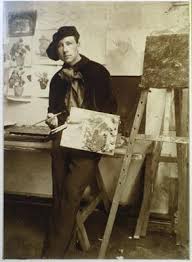
1894 - 1968
Vasyl Yermylov

description
A Ukrainian avant-garde artist, painter and designer, an active and prominent participant in various latest art movements and groups of the 1910-1920s of the 20th century. He is often referred to as “Ukrainian Picasso” in art history. He was the author and designer of such innovative projects at that time as book and propaganda vans, prefabricated kiosks and advertising stands. He worked productively in industrial graphics, developing design for packaging, factory and brand names and so on. Being engaged in the processing of fonts, he created new original styles. He wrote many easel paintings in the genres of landscape and portrait, and also painted covers for avant-garde magazines and books. Yermylov can be called an associate member of the activities of El Lissitzky and Alexander Rodchenko; he was a friend of Vladimir Mayakovsky, Velemir Khlebnikov and Vasily Kamensky.
The post-revolutionary development of art in Kharkov is often called the “Yermylov period” – he is deservedly considered the leader of the Ukrainian Constructivist school and a key figure in the country’s avant-garde. The master’s works are, in addition to Ukrainian and Russian major museums of modern art, in galleries and museums in the USA, Germany, France, and are in demand at international auctions. In Kharkov, in 2012, the first center of contemporary art was opened, named “Yermylov Center” after the innovative artist.
1894
1905
1909
1912
1914
1918
1919
1922
1925
1928
1934
1939
1962
1968
The artist was born
He studied at the Art and Craft Workshop of Decorative Painting

He studied at the Kharkiv Art School and Studio
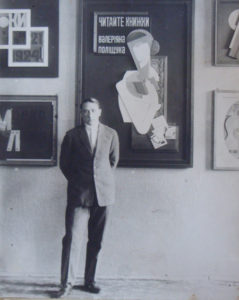
He entered the Moscow School of Painting, Sculpture and Architecture
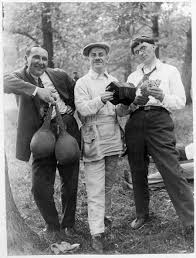
Returned to Kharkiv
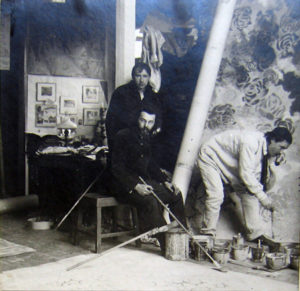
“Seven plus Three”
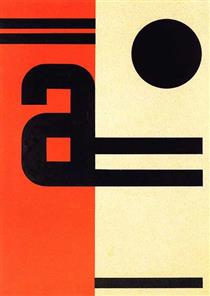
He became one of the organizers of the Training and Production Workshop in Kharkov
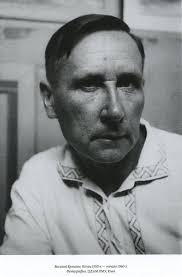
He was one of the founders of the Kharkiv Art and Industry Institute
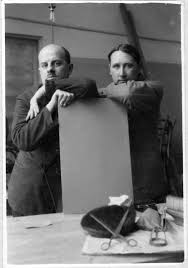
He joined the Association of Revolutionary Art of Ukraine
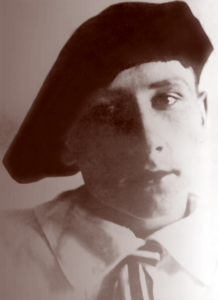
He participated in the International Exhibition in Germany
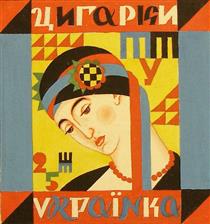
He designed interiors of the Kharkiv Palace of Pioneers building

Became a member of the Kharkiv branch of the Union of Artists of Ukraine
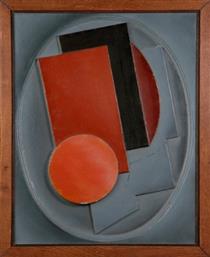
The first exhibition of the artist
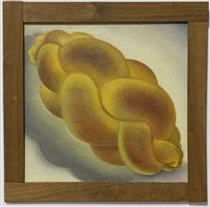
Vasyl Yermylov died
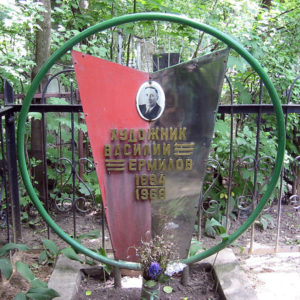
Vasyl Yermylov
On Artist
flow
Cubism
Cubofuturism
Neo-primitivism
Suprematism
Constructivism
friends
David Burliuk
El Lissitzky
artists
Eduard Arkadevich Steinberg
Ilya Mashkov
Petr Konchalovsky
George Gamon-Gaman
Vladimir Tatlin
Pablo Picasso
Ladislav I. Trakal
By Artist
flow
Constructivism
friends
Maria Mikhailovna Sinyakova-Urechina
Victor Nikandrovich Palmov
Alexander Bogomazov
Vladimir Mayakovsky
Mans Katz
Boris Kosarev
artists
Anatoly Petritsky
Vadim Georgievich Meller
Alexander Tyshler
Alexander Rodchenko
Alexander Khvostenko-Khvostov
Ivan Ivanovich Padalka
